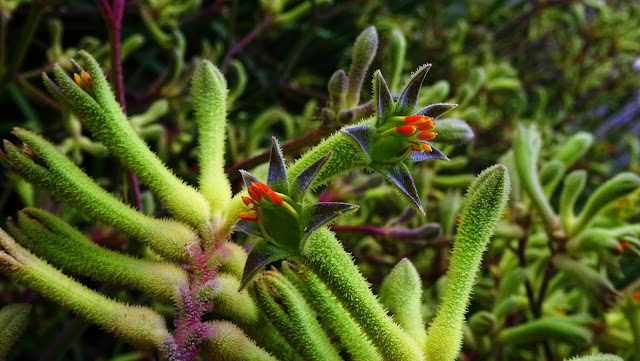Edam is a city in the northwest Netherlands, in the province of North Holland. Combined with Volendam, Edam forms the municipality of Edam-Volendam. Approximately 7,380 people live in Edam. The entire municipality of Edam-Volendam has 28,492 inhabitants. The name Edam originates from a dam on the little river E or IJe where the first settlement was located and which was therefore called IJedam. Edam is famous as the original source of the cheese with the same name.
The city of Edam was founded around a dam crossing the river E or IJe close by the Zuiderzee now known as the IJsselmeer. Around 1230 the channel was dammed. At the dam goods had to be loaded onto other vessels and the inhabitants of Edam could levy a toll. This enabled Edam to grow as a trade town. Shipbuilding and fishing brought Edam more wealth. Count Willem V of Holland gave Edam city rights in 1357. One of the reasons he did this was because of the war between the Hoeken and the Kabeljauwen. They fought a battle for the rule over the cities of Holland. Thanks to the city rights the people of Edam could make a new harbour. Because of the harbour the city was now connected with the big cities in Holland and the international trading routes.
By the 16th century there were as many as 33 wharves in Edam, which along with the fact that Edam was also granted the right to have a market three times every year provided a big boost for the local economy - making it one of the more important cities of North Holland, vying with Enkhuizen, Hoorn and Amsterdam. However, the open sea mouth caused flooding problems in the hinterland and in 1544 Emperor Charles V gave orders to close the harbour with lock gates, which were built in the town centre in 1569. This resulted in the harbour silting up and the ship building industry went into a decline by the end of the 17th century.
The cheese market was the primary boost of the economy of Edam in the 16th century. On 16 April 1526 Emperor Charles V gave Edam the right to have a market every week. In 1594 this right was given for eternity by Prince Willem I as a sign of appreciation for the good collaboration during the siege of Alkmaar. After Edam was granted the right to have weekly markets, commercial cheese markets were held in the town until 1922. Since 1989, the cheese market in Edam has been revived as a re-enactment for tourists. It is held every Wednesday in July and August.


















































